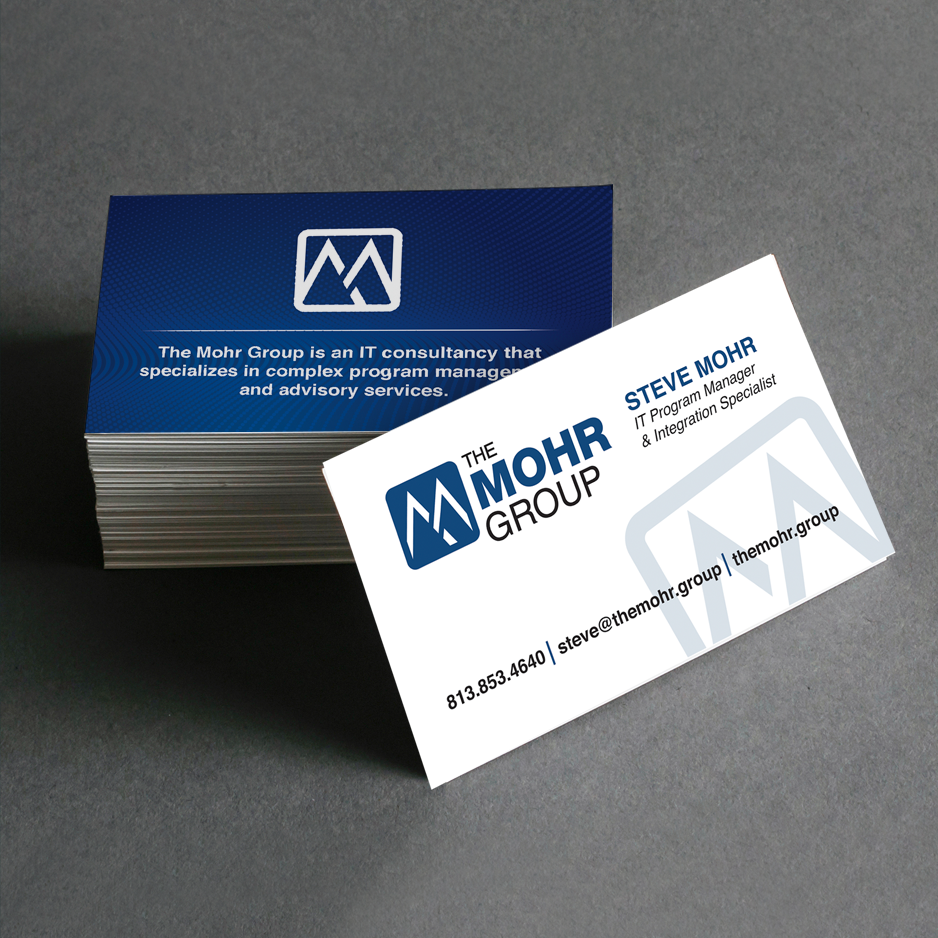When it comes to creating a logo, color is one of the most important elements to consider. Color can evoke emotions and convey meaning, making it a powerful tool for communicating a brand’s message and values. But with so many colors to choose from, it can be difficult to know which ones will be most effective for your brand.
Let’s take a closer look at the psychology of color and how it can be used effectively in logo design to convey a brand’s message and emotions.

The psychology of color is the study of how different colors can affect our emotions and behavior. Each color is associated with a different set of emotions and meanings, and these associations can vary depending on cultural and personal experiences.

Red is often associated with passion, energy, and excitement. It is also associated with love, warmth and can signify importance or attention. Red can also be associated with power, leadership and confidence.

Blue is often associated with trust, loyalty, wisdom, and calmness. It is also associated with professionalism, intelligence, and reliability. Blue is also often associated with the sky and the sea, which can evoke feelings of openness and serenity.
Choosing Colors for Your Brand: Standing Out in a Crowded Marketplace
When it comes to logo design, understanding the psychology of color can help you choose colors that will effectively communicate your brand’s message and values. For example, if your brand is associated with adventure and excitement, a bold and vibrant color like red might be a good choice. But if your brand is associated with relaxation and tranquility, a more muted color like blue might be a better choice.
It’s also important to consider the colors of your competitors when choosing colors for your logo. You want your logo to stand out and be unique, but also to be consistent with the colors of your industry. Using colors that are common in your industry can help your logo be more recognizable and memorable.
The Psychology of Color: Understanding the Emotions and Meanings of Different Colors
Another important consideration is the cultural meaning of colors. Different cultures have different associations with colors, so it’s important to be aware of these differences when designing a logo for a global audience. For example, in Western cultures, white is often associated with purity and innocence, but in Eastern cultures, it is associated with death and mourning.

Green is often associated with nature, growth, and tranquility. Additionally, it can also be associated with wealth, prosperity, and health.
Using Color Effectively in Logo Design to Convey Your Brand’s Message
Color is a powerful tool for communicating a brand’s message and values. By understanding the psychology of color and how it can be used effectively in logo design, you can create a logo that effectively communicates your brand’s message and stands out in a crowded marketplace. It’s important to be mindful of the cultural and industry associations with different colors, and also how to use them in combination with other design elements like typography and shape to create a cohesive and effective logo.






